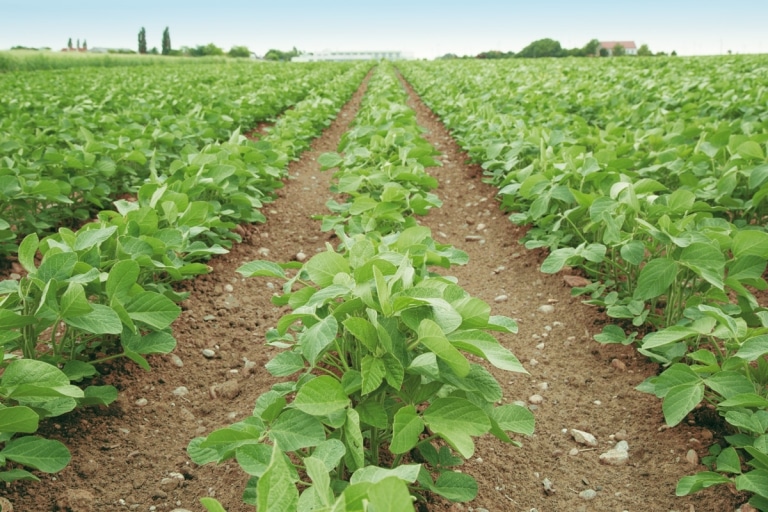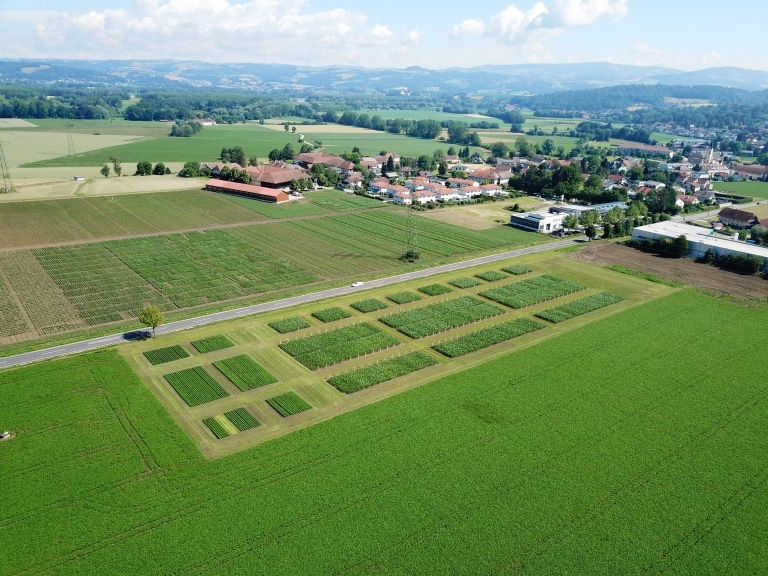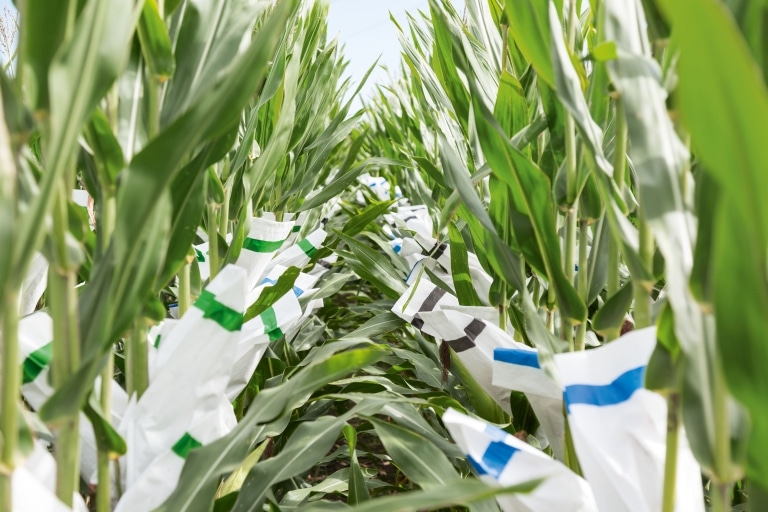30.03.2021
Successful corn breeding
Maize yields have quintupled over the last 70 years
Thanks to the increasing use of hybrid seeds starting in 1950, the varieties planted have become more and more productive.
Only two decades later, the cultivation surface required to produce 100 kgs of maize had more than halved. Thanks to the very specific multiplication and breeding strategies and physiological features, it was possible to achieve a yield increase of roughly 200kgs/hectare and year. Maize has become the most productive grain crop and an irreplaceable food and feed crop for humans and animals. At the same time, it is a raw material for bio-based economy and a source of energy.
Over the last 20 years, maize breeding activities of SAATBAU LINZ in Schönering have boomed thanks to the dedication of the staff under the lead of Robert TAUCHER and thanks to digitalisation. ‘In the year 2000 we had about 20,000 breeding parcels, thanks to the new technology, we can handle 119,000 per year now,’ explains maize breeder Robert TAUCHER. On each parcel, maize seeds are sown into the soil with centimetre precision by a satellite-controlled sowing machine. Within 300 to 500 milliseconds the machine switches to the seeds for the next parcel. In the autumn, the plants are harvested per individual parcel with a special combine, transferring the data immediately to a computer. In a next step, the yield and characteristics are analysed for each parcel and, in case of the parent lines, for each individual cob. The most promising combinations are then tested by crossbreeding during European winter in Chile and Mexico. If they were to be tested in Austria, sowing would have to wait until the spring!
While digitalisation has significantly increased in the number of varieties to be tested and accelerated the selection process, the winter cultivation in South and Central America has shortened the development period. ‘Thanks to the Mexican climate, we are able to sow three generations per year. This has allowed us to reduce the development period for a new variety to only 5 years.’ says TAUCHER.
Since 2003, there have been more and more success stories for maize. In the course of recent years, 10 to 15 new maize varieties were registered in different countries, a total of 141 varieties! Maize bred by SAATBAU in Schönering is cultivated in the whole of Europe and is sought after by farmers in Brittany, biogas producers in Germany and large-scale operations in Ukraine alike.
Johanna FELLNHOFER
Communication
SAATBAU LINZ
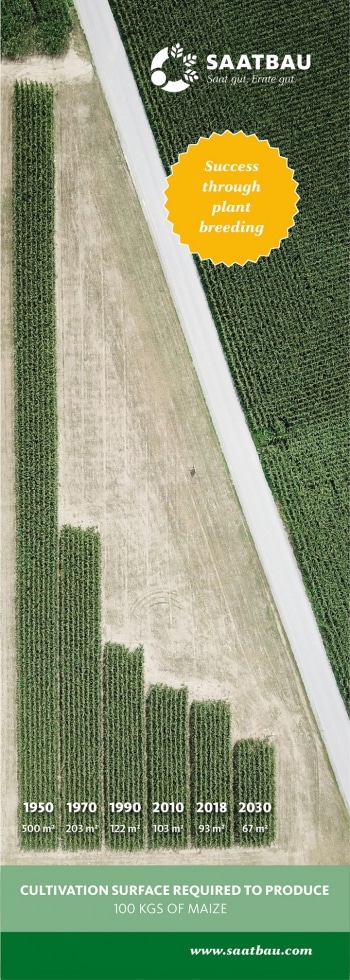
You might also be interested in
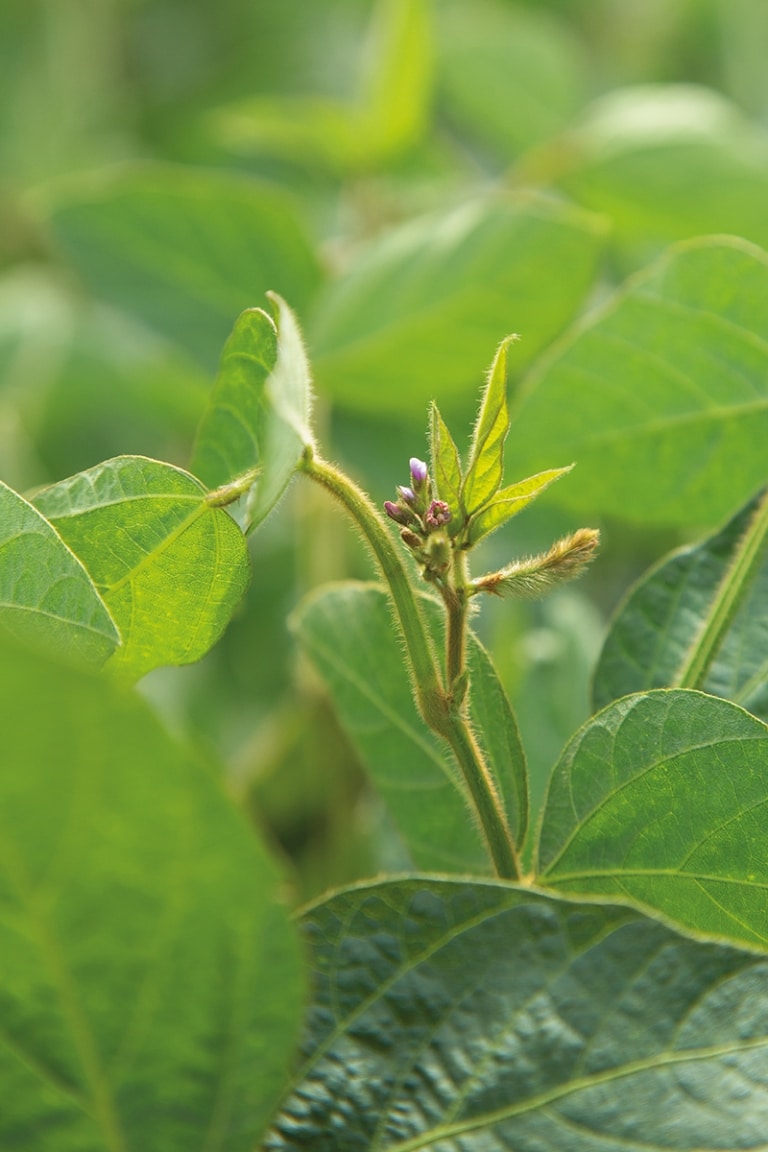
News
SAATBAU Germany’s Soybean Initiative
Interview with the managing directors on the new initiative
Mehr erfahren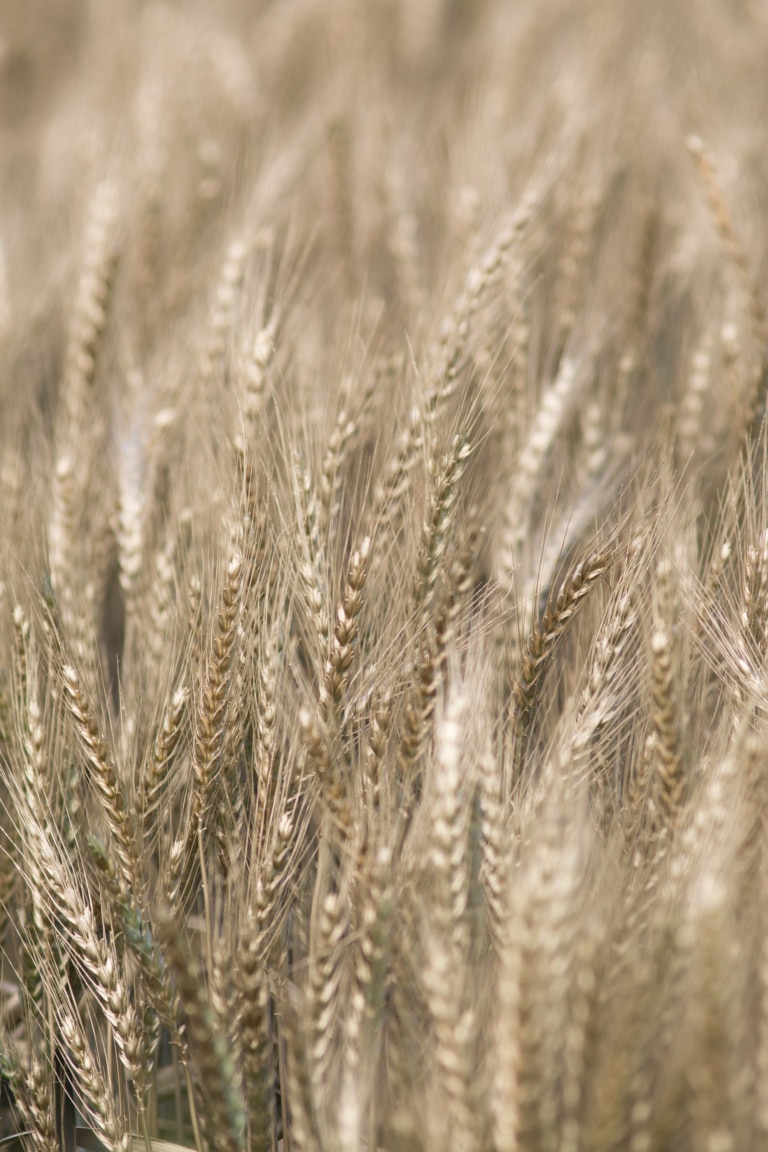
News
AURELIUS goes international
AURELIUS received its Austrian license in winter 2016. This was no surprise to us, but not…
Mehr erfahren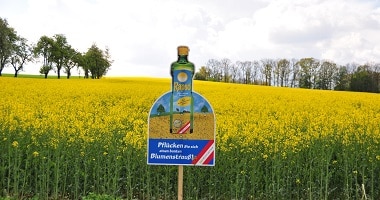
News
25 years RAPSO
The Upper Austrian chamber of agriculture and SAATBAU LINZ jointly developed the RAPSO project in order…
Mehr erfahren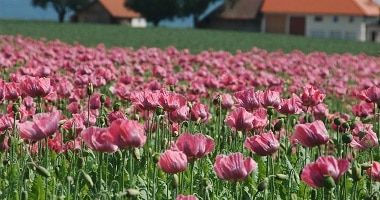
News
Fine seeds becoming a delicious filling
The word “poppy” immediately makes Austrian’s think of the Lower Austrian Waldviertel region and the poppy…
Mehr erfahren